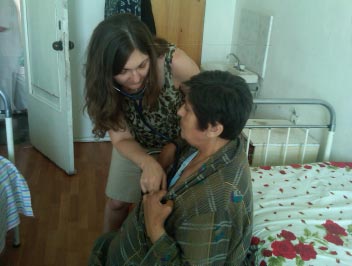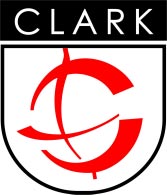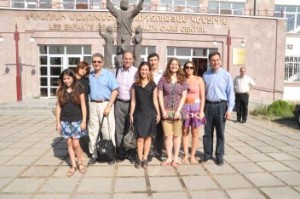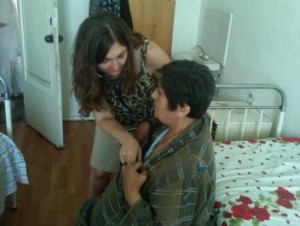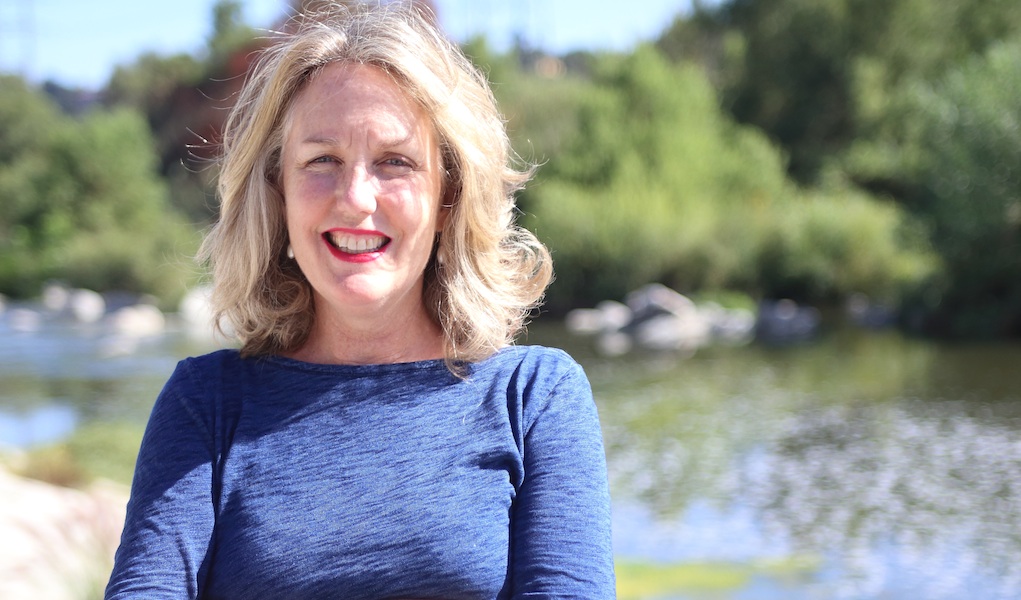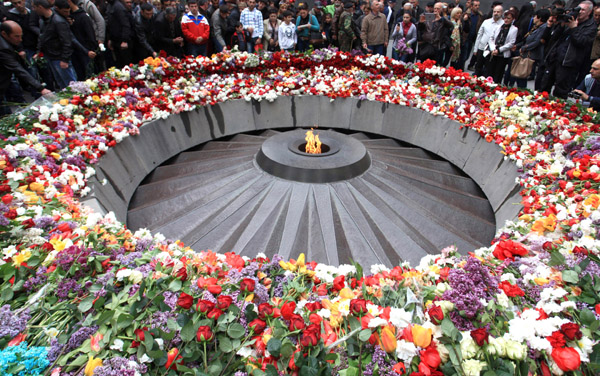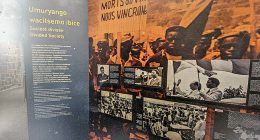In an effort to continue to contribute to the improvement of the healthcare system in Armenia, the Armenian American Health Professional Organization (AAHPO) organized its first medical mission that took place in conjunction with the Third International Medical Congress in Armenia last summer.
During the month of July, AAHPO members visited hospitals and clinics throughout Armenia – ranging from Hospital #8 in Yerevan to the Armavir Medical Center, 30 miles outside of the capital city.
The mission allowed participants to become familiarized with and gain a better understanding of the medical system in Armenia. Components of the program included direct patient care, learning how the healthcare system in Armenia functions and networking with local physicians. Returning to the U.S., AAHPO members concluded that two areas most in need are medical training and the allocation of resources.
“I found the doctors to be knowledgeable but lacking the medical technology we use here in the U.S.,” said pediatrician Dr. Garbis Baydar, who noted that there is not a single MRI machine in the entire country.
One highlight of the mission was when the group visited a 60-bed, new pediatric hospital in Yerevan, which provides both general pediatric and intensive care. While there, the head of the Neonatal and Pediatric Intensive Care Units provided the AAHPO group with a detailed tour of the hospital and its laboratories, and each member met with doctors in their fields of specialty.
“The doctors in Armenia know the capabilities of Western medicine but they just don’t have the resources,” said gastroenterologist Dr. Greg Koobatian. “They don’t have the tools to do more advanced things such as endoscopic ultrasounds.”
While participants in the medical mission saw the limited resources in the hospitals in Yerevan, they saw even more of a disparity in the rural villages. Two other Armenian humanitarian organizations, including the Fund for Armenian Relief (FAR) and the Children of Armenia Fund (COAF), worked with AAHPO to allow them access into hospitals and clinics in the rural villages.
In one of the hospitals they visited, they learned that only one ambulance covers the needs of six villages, some of which are up to half an hour away.
“Some of the villages weren’t as affected by the medical system,” said Dr. Alicia Demirjian, a pediatric infectious disease doctor. “It was a striking difference, but it was important to see these kinds of things.”
While it became evident that vast changes need to be made to the healthcare system in Armenia, something as basic as continuing medical development is a positive first step in improving patient care.
“If the doctors in Armenia could receive continuing medical education, it will have a high impact on the medical system,” said Dr. Demirjian.
To this end, AAHPO has been working with FAR to help train physicians in Armenia through the Continuing Medical Education Program (CME), which brings doctors throughout Armenia to Yerevan for one month of intensive training.
“AAHPO’s support of the Continuing Medical Education Program is helping doctors in Armenia learn new techniques, treatments and medications,” said Dr. Koobatian. “This approach is more efficient than sending doctors over from the U.S. for a week or two for patient care.”
Reflecting on their time in Armenia visiting various hospitals and clinics and meeting with healthcare professionals as well as patients, participants are happy they were part of the mission and are looking forward to building on the relationships they developed while there. They also invite other Armenian-American healthcare professionals to join the initiative.
“I encourage every Armenian healthcare professional to pitch in,” said Dr. Baydar.
“AAHPO is doing a great job in making a connection between Armenians in the Diaspora and in Armenia,” adds Dr. Koobatian. “I hope going forward we are able to make more of an impact.”

